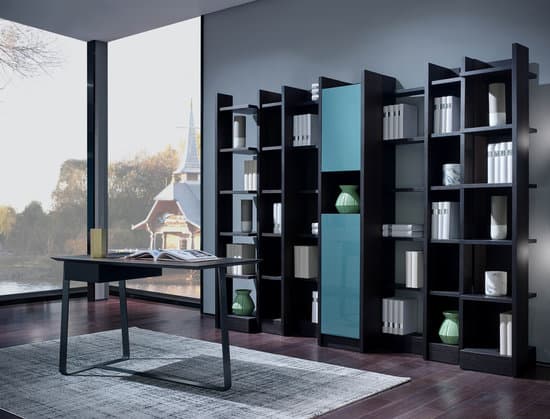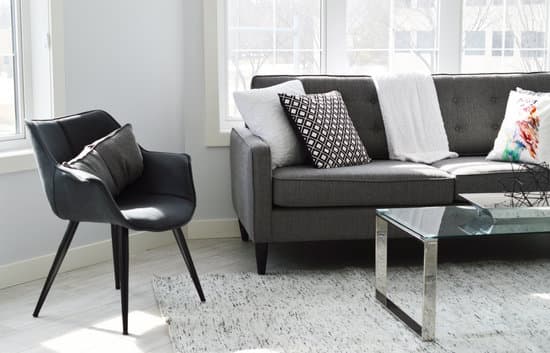Determining what your walls are made of might seem like a daunting task, but it’s actually quite simple. To begin, one of the easiest ways to determine what your walls are made of is to test them with your fist. Here are some quick steps to follow:
Find a section of wall that you would like to test
Using your fist, gently tap the surface
If the wall sounds hollow, it may indicate that it has studs behind it
Similarly, if the wall has a lathe or plaster construction, it may also sound hollow when tapped
On the other hand, if the wall is solid, it will produce a more solid, substantial sound when tapped
Dabbing and dotting the wall is another useful method, as walls made of materials like drywall or wood panel will produce a different texture from those made of other materials like plaster. In case none of these methods work for you, you may want to consider discussing with a contractor or a professional who can easily identify the material so that you can plan how best to decorate your home.





















